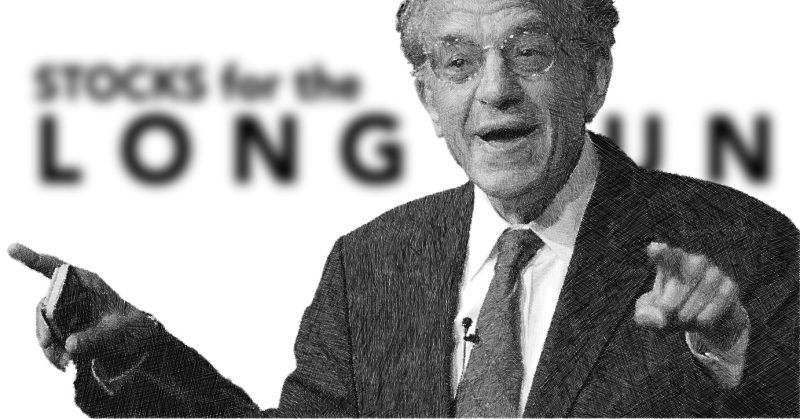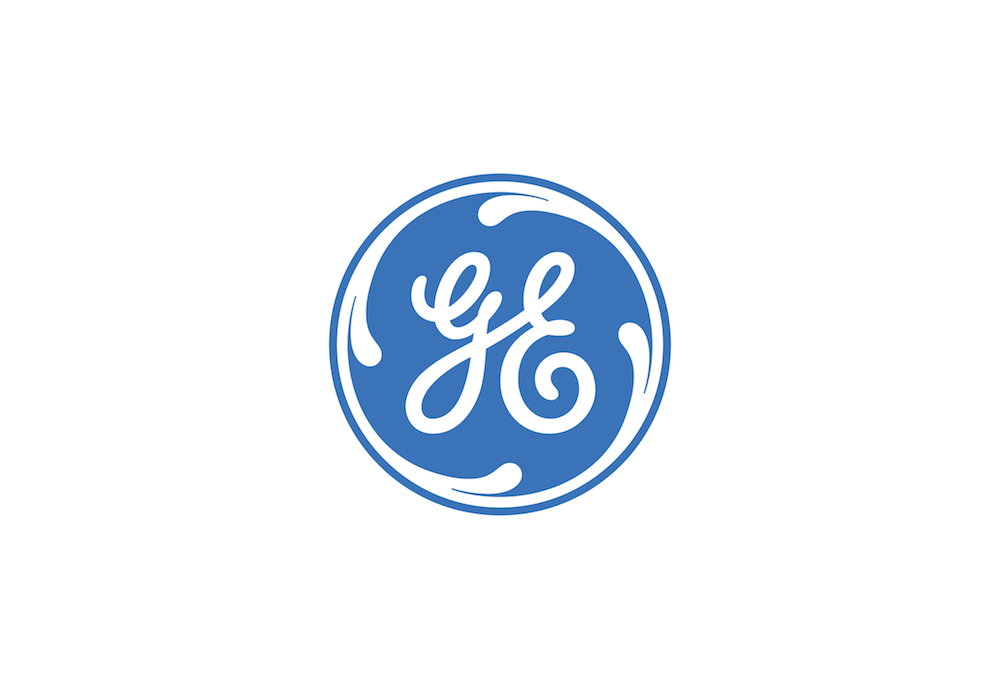by Professor Jeremy J. Siegel, Senior Economist to WisdomTree and Emeritus Professor of Finance at The Wharton School of the University of Pennsylvania
The current market narrative is dominated by the action in the bond market, with the 10-year yield briefly touching 5% last week. Concerns about rates staying higher for much longer are keeping long yields ticking higher. I do think the recent high inflation that we’ve experienced is raising the premiums and compensation demanded to own bonds. This is not just a short-term phenomenon, but something that can last for a number of years.
Fed Chairman Powell spoke last week and confirmed what we’ve been saying for weeks—that the Fed is not going to move rates on November 1. The principal reason is what I just mentioned—the higher long-end rates are tightening conditions without the Fed raising short-term rates. It seems Powell has been very successful at getting unanimity and no dissent and the chorus from recent Fed officials hinted for another pause. It could also very well be that the last rate hike already occurred, and the Fed is now in permanent pause mode. The data over the coming months will dictate the rates, of course.
The 30-year mortgage commitments breached 8% last week—this is certainly news that is impacting the new home buyer. But there remains no weakness in real economic data. Jobless claims fell and were below 200,000 last week. Consumer spending is still relatively strong.
This week we’ll get the GDP for the third quarter and economists estimate 4.4% but some forecasts have it surpassing 5%. We’ll also get the PCE deflator, which is of interest to the Fed, but we already heard from Powell that the Fed is not moving rates at the November 1 meeting.
We’ve had about 20% of S&P 500 companies report earnings and estimates are showing over a three-fourths beat rate, which is fairly good. There is some caution on the fourth quarter and the impact of higher rates, but nothing too serious yet.
Last week the highlights were Netflix and Tesla, which moved in opposite directions with different reads on the pulse of consumer spending. Tesla is more sensitive to interest rates and borrowing costs and had to mark down prices to incentivize buyers. This is one sector starting to feel the brunt of higher borrowing costs.
But in general, the stronger economy is supporting earnings growth in the fourth quarter and in 2024, which makes me bullish for 2024.
How high will long-end rates go? Technicians have called for 5.1% to 5.2%. I would be very surprised if the 10-year goes above 5.25% because I don't see inflation moving up. The Middle East is a problem, and oil is a wild card, but other commodities are certainly being pressured by higher real rates and a stronger dollar. There have been momentum traders jumping on the “short bonds” bandwagon. If we get any weak economic data reports at all, I expect the Fed to cut rates.
Copyright © WisdomTree












